Top Python Frameworks| Python Framework ListIn this tutorial, we will discuss Python's various important frameworks and their essential features. As we know, Python is a highly demanded and effective programming language, and it contains vast libraries and frameworks which for almost every technical domain. 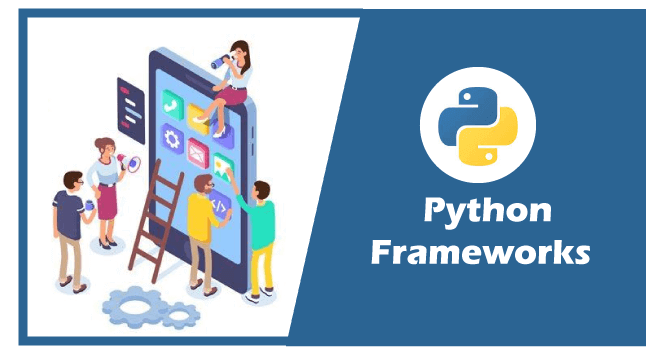
The frameworks provide easiness while developing an application (or software) to developers. They offer automatic implementation of redundant tasks, reduce development time, and focus significantly on application logic rather than a common element. Python comes with many frameworks, and each framework has its advantages and disadvantages. All we need to analyze our project requirements to choose the appropriate frameworks. We will discuss the following Python frameworks.
There are mainly three types of Python frameworks, full-stack, micro-framework, and asynchronous. Before explaining each framework in detail, let's briefly introduce various kinds of Python frameworks. Types of Python FrameworksThere are primarily three types of frameworks as follows. 1. Full-Stack framework These frameworks have all web development requirements such as form generators, form validation, and template layouts. These are the core features of a typical full-stack Framework. 2. Microframework Micro frameworks require lots of code and additional requirements manually. This kind of framework doesn't provide the data abstraction layer's facility, form validation, and specific tools and libraries. 3. Asynchronous Framework Asynchronous frameworks are gaining popularity recently allows for handling a large set of concurrent connections. It uses the asyncio library to run the process concurrently. Let's see the following Python frameworks. Best Python FrameworksBelow is the list of top Python frameworks. 1. Bottle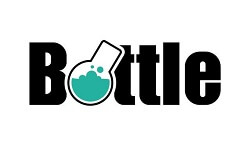
It is a microframework that creates a single source of file for every developed application using it. This framework primarily focuses on developing APIs, and it is one of the finest Python web-framework. The Bottle doesn't require the other dependencies to create small web applications. It allows the developer to work closely with the hardware, and it is the most suited framework to make small apps and simplistic person-use apps. Key features of Bottle
2. CherryPy
CherryPy is an open-source, object-oriented micro-framework. It follows the minimalistic approach. This is one of the oldest Python frameworks that were introduced in 2002. We don't need to install the apache server to run cherryPy. This framework allows us to use any technology for data access, templating at Cetera. Key features of CherryPy
3. AIOHTTP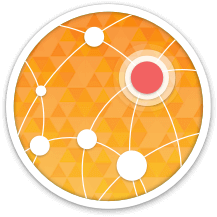
It is an Asynchronous framework that depends intensely on Python 3.5+ features, such as async & await. The Python asyncio library plays a vital role in the functioning of this framework. Being a server web framework, AIOHTTP can also serve as a client framework. We can redirect the queries using the request object and router. Key features of AIOHTTP
4. Dash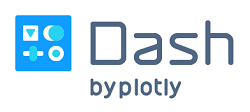
It is a Python-based micro framework used to develop analytical web applications and popular among data scientists. It is suitable for those data scientists who aren't much into web development mechanics. Dash's application can also run the webserver such as Flask and communication with JSON packets via HTTP requests. ReactJS is used for rendering the frontend. We can extend the capabilities of Dash using Flask plugins. Applications developed using the Dash are rendered in a web browser and can be deployed to the server. These applications are cross-platform and mobile ready. Let's see the key features of the Dash framework. Key features of Dash
5. Falcon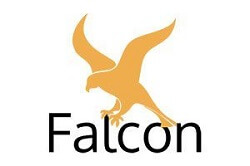
It is a micro-framework used for building web APIs, and it is another widely used Python framework. It requires many dependencies for building HTTP APIs and allows the developer to create a cleaner design that permits HTTP and REST architecture. Falcon is widely used in big organizations like LinkedIn, OpenStack, and RackSpace. It can handle more requests with the same hardware than all its contemporaries. This framework focuses on having 100% code coverage. Key features of Falcon
6. Flask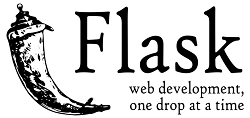
Flask is another popular Python micro-framework that comes under the BSD license. The Sinatra Ruby framework inspires it. This framework requires Jinja2 templates and the Werzeug WSGI toolkit. It is lightweight and has a modular design. Flask is readily adaptable. Using the Flask, developers can build a solid web application foundation from where it is possible to use any extension required. It is also compatible with Google App Engine. Key features of Flask
7. GiottoIt is a full-stack framework based on the Model View Controller (MVC). Giotto is an application framework and separates the Model, View, and controller elements in order. It provides some essential characteristics such as automatic URL routing and Jinja2 for HTML templates with an API and accessible RESTful interface. It also comes with the controller module that offers developers a platform to create apps using the command line and Internet Relay charts (IRC). Key Features of Giotto
8. Django
Django is a full-stack Python framework. It is a most famous and beloved framework for developing rich web applications. It is gaining popularity bypassing the time. It ended up being one of the top 10 web development frameworks in 2021. It focuses on the DRY (Don'tRepeat Yourself) principle. Django offers several built-in libraries and excellent features that are available for free to use. Django makes use of its ORM for mapping objects to database tables. It offers database support as well as provides easiness to migrate from one database to another. However, it has inherent support of MySQL, PostgreSQL, SQLite, and Oracle database. We can also use the other database using via third-party drivers. Key Features of Django
9. Growler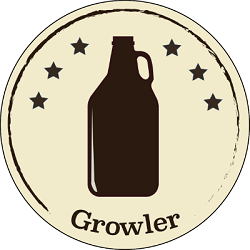
It is an Asynchronous framework built upon the asyncio; it is inspired by the Node JS and the Express/Connect frameworks. In this framework, the request is not handled by the framework itself, but it is dealt with by passing through middleware technology. It is a best-fitted framework to implement complex applications more straightforwardly. Key Features of Growler
10. UvloopIt is meant to be one of the superfast Python web frameworks available amongst the rest of the frameworks, and we cannot ignore that fact. It is considered a substitute for the asyncio event loop; hence, it can be either used in the asyncio-based application or to replace an asyncio in the existing application. Some developers claim Uvloop is twice as fast as Node JS, events, and any Python asynchronous framework. Key Features of Uvloop
11. Sanic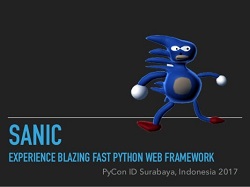
Sanic is a web framework built on the top of the up loop. It provides one of the best features, i.e., it offers fast HTTP responses via asynchronous request handling. It provides non-blocking capabilities that improve speed. Moreover, it supports the request handlers and compares them with Python 3.5 await/async functions. Key Features of Sonic
12. MorePath
MorePath is a Python WSGI framework, and it is primarily focused on executing more numbers use cases. Moreover, it takes responsibility for Answer Set Application Programming (ASAP). It also includes a standard Python data structure induced into RESTful Web Services. It provides an outstanding feature that automatically converts defined paths in the framework into links for creating apps with the cleanest URLs. Key features of Morepath
13. PicnicIt is an object-oriented microframework used to develop JSON-based APIs. This framework is optimized for JSON-based APIs, which can hold the position among the best Python frameworks because it creates the fastest web APIs. Key Features of Picnic
14. Pylons Framework
Pylons framework is a Full-stack, open-source framework that aims at the rapid development of applications. This framework includes some of the best elements and properties of Perl, Python, and Ruby. It is available in the maintenance mode, though many developers still use the Pylons framework because it provides a highly flexible web development structure. It promotes reusability and makes use of WSGI (Web Server Gateway Interface). Key Features of Pylons
15. Pyramid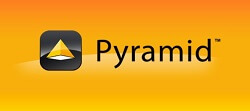
The Pyramid is an open-source full-stack web framework that aims to reduce as much as the complexity. One of the best advantages of Pyramid is that it can work equally well with small and large-scale applications. Pyramid updates regularly by its developers and runs on Python 3. The current version of Pyramids is 1.10, and it is the tenth update since 2010. Key Features of Pyramid
16. TurboGears
TurboGears is a full-stack, open-source, data-driven web application Python framework. It allows developers to develop rapid data-driven web applications. TurboGears comes with the intelligible Templating and supports flexible and powerful ORM. This framework uses components such as Genshi, Repoze, SQLAlchemy, and webOp to develop quickly develops apps demanding database connectivity. Key features of TurboGears
17. Web2Py
Web2Py framework is an open-source and scalable Python framework that allows users to develop web applications quickly and smoothly. It is platform-independent, which means it supports all the popular operating systems. Furthermore, this framework provides the facility to simplify the web application development process through a web-based interface, a web server, and a SQL database. Key features of web2py
18. Hug
This microframework is used to develop and build the web APIs. It consumes the resources when required and uses Cython for compilation and this framework allows us to complete the application development very easily and quickly. Key features of Hug
19. CubicWebCubic Web is a full stack framework developed and curated by Logilab, it is a free-to-use, semantic, open-source, sematic, open-source, Python-based web framework. Cubic web is based on the data model, and required to have the same defined in order to develop a function application. Cubic web uses cube where other application uses separate views and models. Key features of Cubic Web
ConclusionIn this tutorial, we have mentioned all the essential python frameworks that belong to various categories. This framework can meet the business requirements effectively. We have covered almost every import Python frameworks and their useful features. A developer can choose any framework according to project requirements. |
 For Videos Join Our Youtube Channel: Join Now
For Videos Join Our Youtube Channel: Join Now
Feedback
- Send your Feedback to [email protected]
Help Others, Please Share










